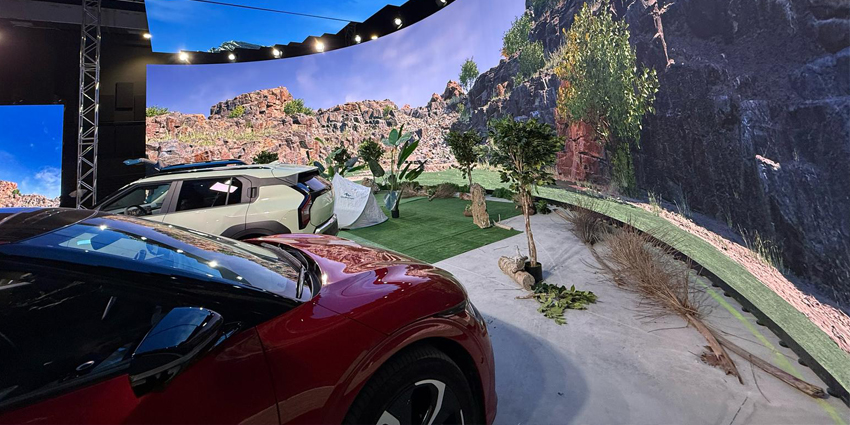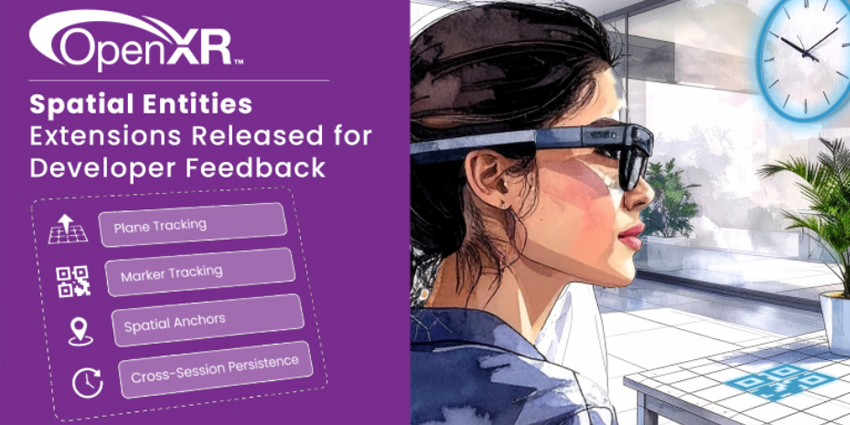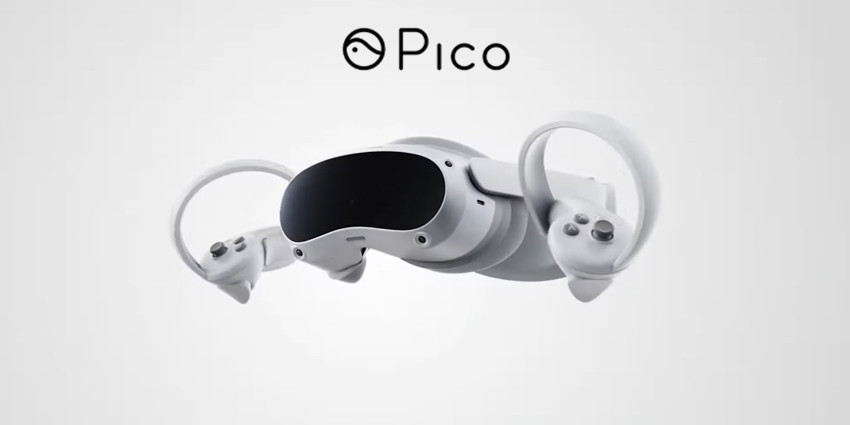The Mixed Reality (MR) market is growing at an incredible pace.
MR technology is currently evolving at a CAGR of 71.6%, making it among the most rapidly developing solutions in the tech landscape. However, compared to virtual and augmented reality (VR/AR), MR remains one of the most underutilised options in the extended reality (XR) environment.
During the inception of MR tech, only a handful of companies are experimenting within the MR market, including innovators like Magic Leap and Microsoft.
However, since the emergence of AR technology and increased passthrough and tracking camera sophistication. Major technology firms like Meta are fully adopting MR experiences with its Meta Quest Pro device and support Precencse Platform MR operating system.
If you want to learn more about the MR market, here’s what you need to know.
Exploring the Mixed Reality Market
Many compare the MR market with the AR market because it also merges digital content into the real world. Like AR, MR applications overlay digital assets onto a surrounding physical world. Although, the technology goes beyond what’s possible with AR alone.
Experts expect the global AR and MR environment to reach a value of around $103.9 billion by 2026, and the software segment of the industry will be worth $32 billion by 2026 too.
Investment in augmented experiences is growing, perhaps faster than VR, thanks to the low barrier to entry for consumers, developers, and brands. People are already comfortable with the AR environment, which is accessible through smartphone apps like Snapchat and Instagram.
The global accessibility of “augmented” experiences could mean that MR achieves mainstream status much faster than VR when it becomes more accessible. Companies like Microsoft are introducing concepts like the “Mesh” platform, which will pave the way to the faster development of MR technology – alongside experimentation from Meta, Pico, and Magic Leap.
How the Mixed Reality Market is Growing
MR takes the concepts of VR and AR to the next level, bringing us into a world where we can seamlessly get digital content into our environments wherever we go and enter overlayed augmented doorways that transition a user into a fully immersive VR world.
Countless companies, including Canon and traditional XR firms, have begun to create their own “MR” glasses. These headsets are more lightweight and flexible than VR products, allowing for a more natural blend of physical and virtual spaces.
As the world moves towards a future of hybrid working, digital connectivity, and machine/human interaction, MR could be the tool that paves the way to new frontiers. Some people even believe that MR could unlock the metaverse workplace.
MR can change how we meet with people and access information to encourage better productivity and performance. With MR, we could also remove the need for business travel and pull people together in the same room simply by wearing a headset and using MR collaboration applications like ShapesXR or Spatial.
MR hovers between the real and virtual worlds, letting humans play with immersive technology like never before. Additionally, integrated technology, like haptic feedback, IoT sensors, and spatial audio, allows users to connect to and interact with a brave new digital world full of opportunities.
The Future of MR
The future of MR could be entirely different. Smart glasses and MR goggles are becoming increasingly popular concepts among market-leading companies.
An MR environment with lightweight, comfortable devices will bring new opportunities and information into our world, providing hands-free guidance to doctors, military professionals, first-line responders, and countless others.
MR devices are still a fresh concept. The debut of the Meta Quest Pro brought doubt in some minds due to the device’s massive price jump compared to previous models. This level of inaccessibility could slow the development of MR applications – leading to a detrimental effect on the technology as talent pools are crucial to the success of immersive tech.
Although, with MR components becoming more common and cheaper to produce, more Meta competitors are going against the Menlo Park-based firm. For example, Pico recently debuted its upcoming MR device, which has almost identical features at a far lower price point.
The Pico 4 device also comes with an enterprise edition and a Horizon Worlds Metaverse competitor with its user-generated content models planned.
Currently, over 50 companies in the Fortune 500 have already deployed reality technology into their operations. Meaning MR could be a crucial tool in the growth of some of the world’s biggest brands, particularly when you consider predictions like 14.4 million employees will be using smart glasses by 2025 throughout America.
Will Mixed Reality Change the World?
XR designers are only just discovering the range of options held by MR. Like other immersive technologies, MR has the opportunity to change how we interact with the world.
MR is a powerful alternative to AR for blending the physical and the digital. MR will bring new immersive opportunities to augmented experiences, giving users a new way to interact with the artificial world.
Perhaps now more than ever, the hunger for the MR market is significant. Following Meta’s Connect 2022 online event, the firm debuted the Meta Quest Pro and other related MR updates. The world suddenly became interested in MR solutions and devices.
MR could be the key to keeping people connected and informed. Immersive technology could be vital in speeding up production, enhancing innovation and reducing waste in the future of business development.
Moreover, MR has the opportunity to enhance training experiences, strengthen human bonds, and drive better communication, all while users can stay in the environment they choose.







